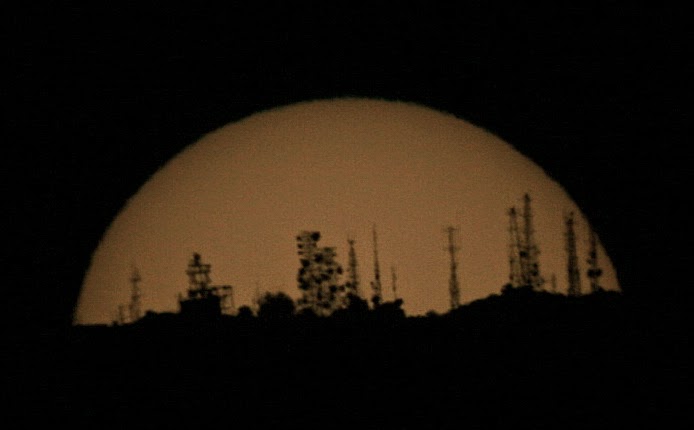I'm hopeful of seeing comet PANSTARRS 2012k1 this month. On May 31, I took 28 mm focal length exposures of the region between Ursa Major and Leo and was able to capture the greenish comet
Location of PANSTARRS 2012k1
on 31 May 2014 relative to Ursa Major.
In this photo, PANSTARRS is in the smaller circle:
My experience suggests that if I can capture a comet in a wide-field photo, I can see it in a medium sized telescopes and possibly in binoculars. However, dark observing conditions will be necessary.
Here is a close-up of the larger circle. the object in the middle has a green hue, common with comets:
Using the
Heavens Above website, I created a map showing where to expect the comet on the weekends of June 21 and June 28:
jg
UPDATE: I labeled the magnitudes of stars for estimating brightness. PANSTARRS is dimmer but more diffuse than a nearby 9th magnitude star.













